Optimal Timing for Concrete Resurfacing

Spring offers moderate temperatures and low humidity, ideal for concrete resurfacing projects.
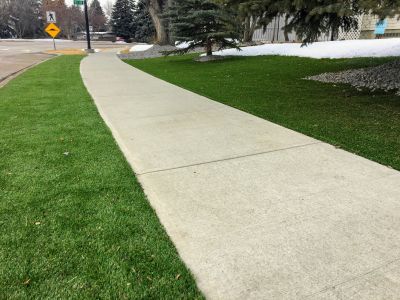
Early summer can be suitable with cooler mornings and evenings, but high temperatures require caution.
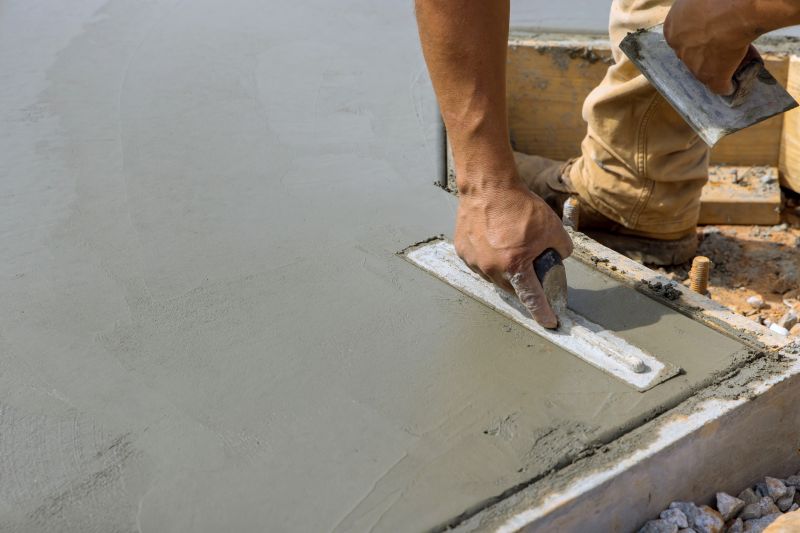
Fall provides cooler weather and lower humidity, making it a favorable season for resurfacing.
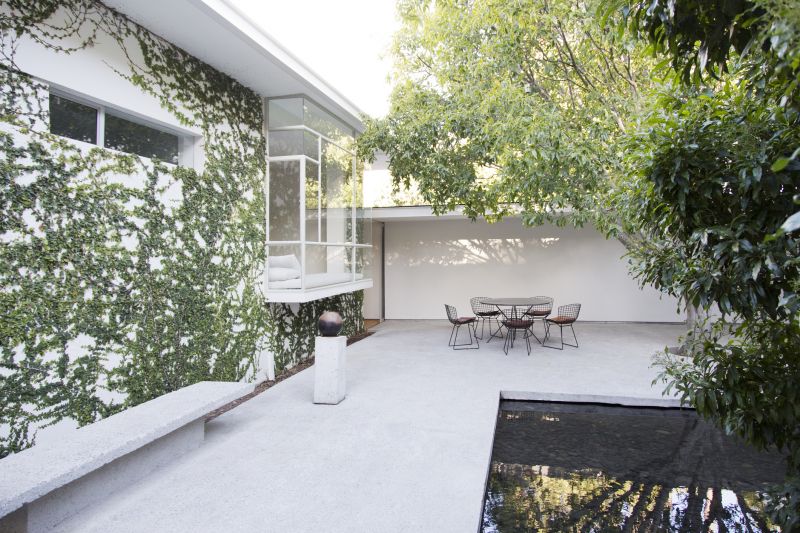
Ways to make Concrete Resurfacings work in tight or awkward layouts.
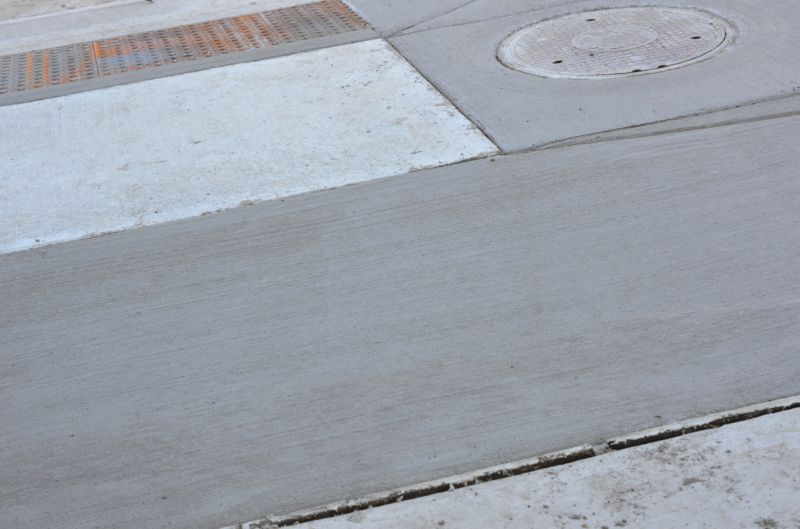
Popular materials for Concrete Resurfacings and why they hold up over time.

Simple add-ons that improve Concrete Resurfacings without blowing the budget.
Concrete resurfacings are a practical solution for restoring and enhancing the appearance of existing concrete surfaces. They involve applying a new layer of material over worn or damaged concrete, providing a fresh, durable finish. Proper timing ensures optimal adhesion and longevity of the resurfacing material, making seasonal considerations important for successful results.
Statistics indicate that concrete resurfacing projects tend to be most successful when performed during periods of mild weather. High humidity, extreme cold, or excessive heat can compromise the curing process and adhesion. Typically, temperatures between 50°F and 85°F with low humidity are ideal for application, ensuring the best performance and durability of the resurfaced surface.
Weather conditions significantly affect the curing and adhesion of concrete resurfacing materials.
Proper surface preparation and timing are critical for long-lasting results.
Spring and fall are generally preferred seasons for resurfacing projects.
Ideal temperatures for application are between 50°F and 85°F.
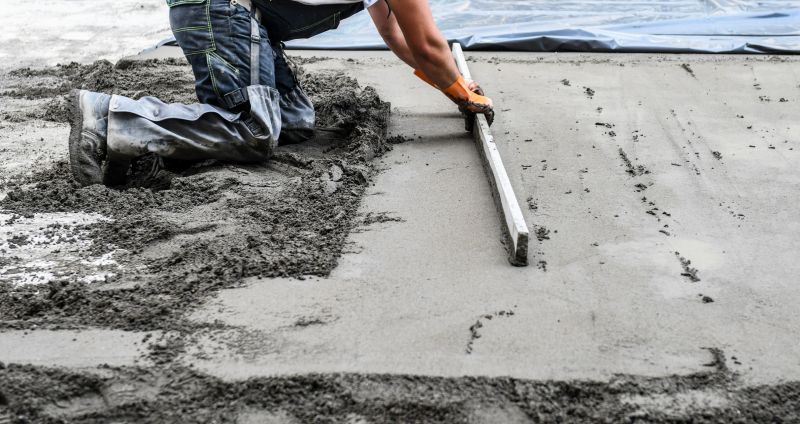
Preparation, application, and curing are key steps in resurfacing.
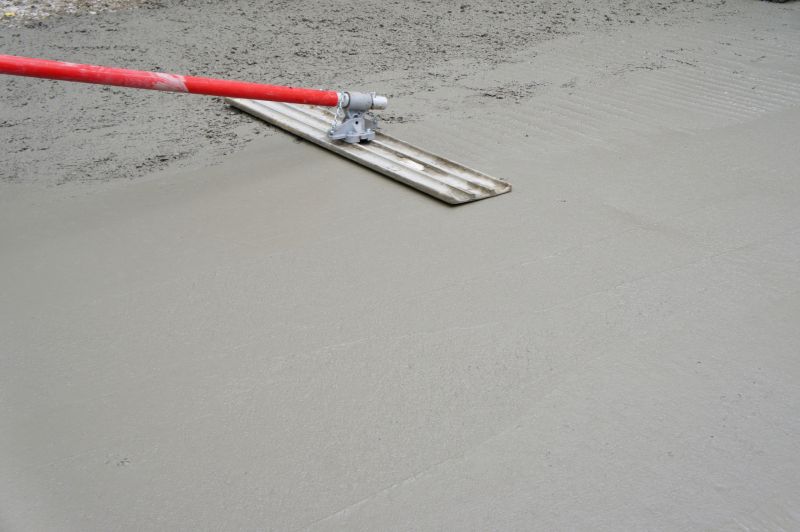
High-quality tools and materials ensure a smooth finish.
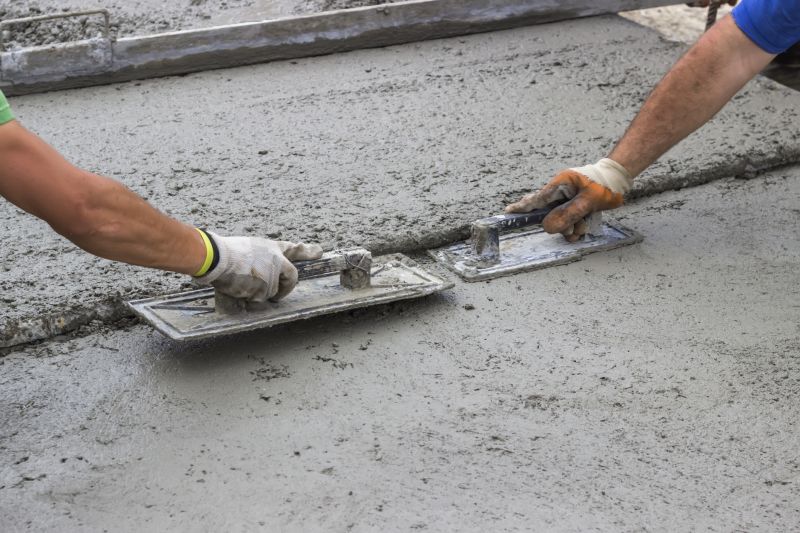
Cleaning and repairing existing concrete are essential before resurfacing.
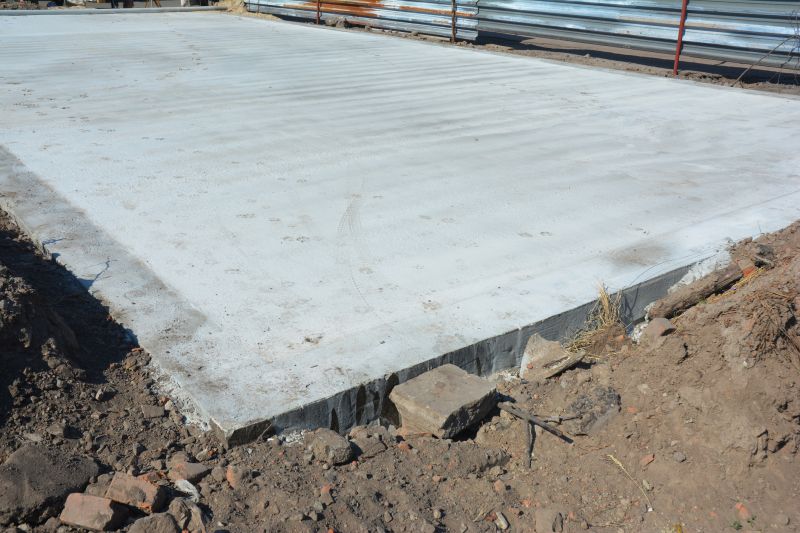
The surface is smoothed and cured to achieve durability and aesthetic appeal.
| Season | Optimal Conditions |
|---|---|
| Spring | Mild temperatures, low humidity, ideal for application |
| Summer | Early mornings or late evenings, avoid peak heat |
| Fall | Cooler weather, low humidity, suitable for resurfacing |
| Winter | Not recommended due to cold temperatures and freeze-thaw risks |
| Late Spring | Good for projects before summer heat peaks |
| Early Fall | Allows curing in stable, cooler conditions |
Choosing the right time for concrete resurfacings can significantly impact the durability and appearance of the finished surface. Proper weather conditions facilitate optimal curing and adhesion, reducing the risk of cracks, peeling, or uneven finishes. Planning projects during seasons with stable, moderate weather ensures the best results and longevity of the resurfaced concrete.
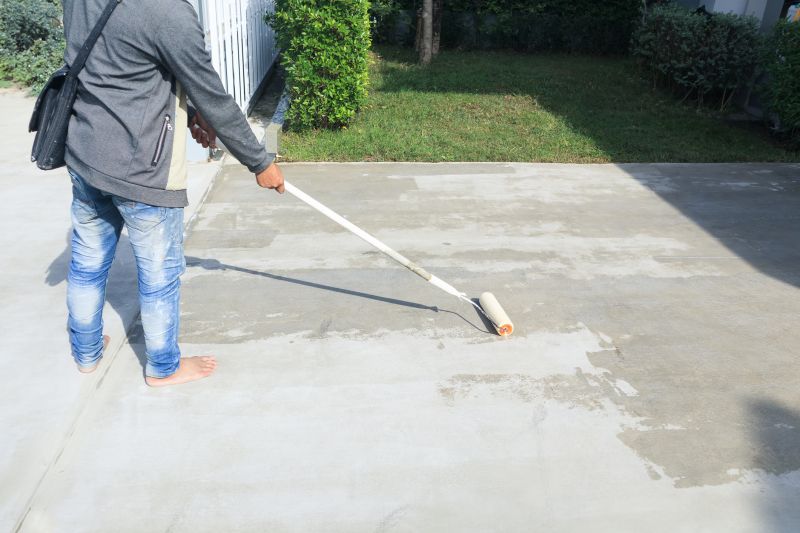
Application during favorable weather ensures quality results.
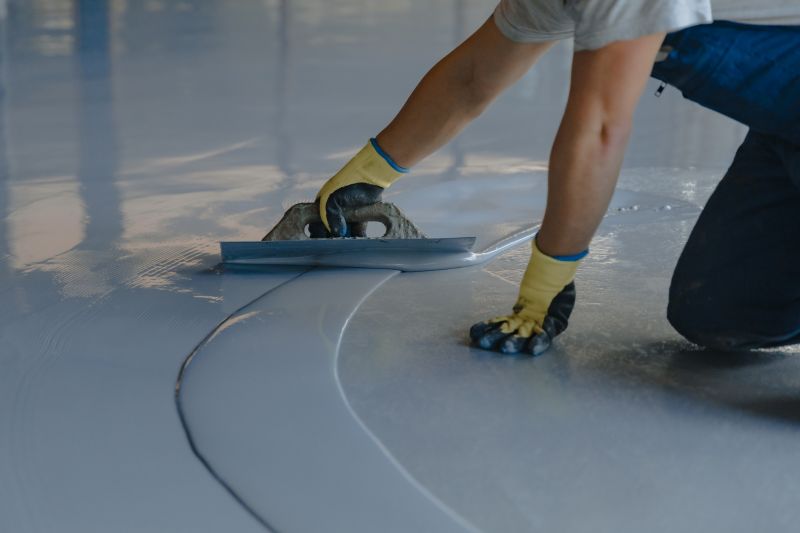
Proper curing is essential for surface strength and durability.
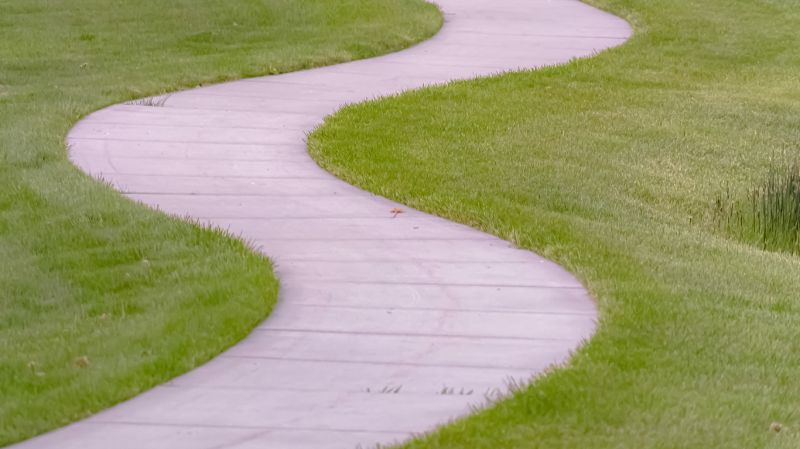
Scheduling based on weather forecasts optimizes project success.
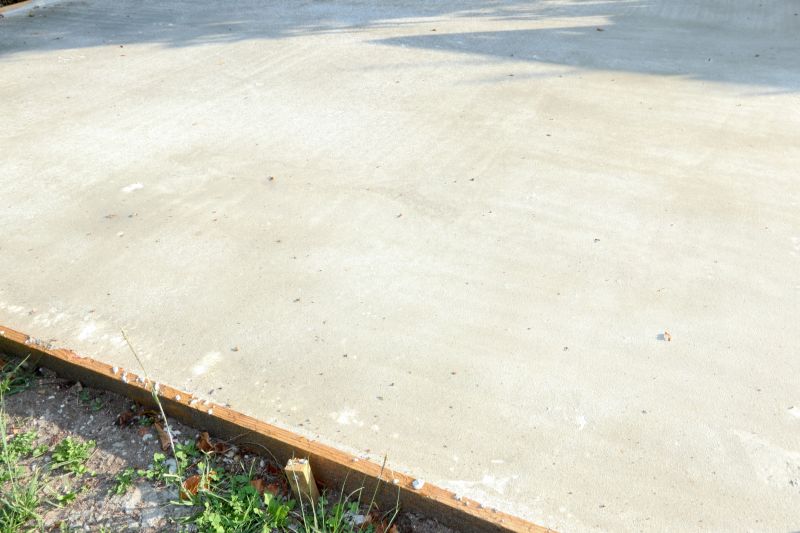
A smooth, durable finish enhances aesthetics and longevity.
Interested in concrete resurfacings? Filling out the contact form can provide more information and help plan a project during the optimal season for best results.



